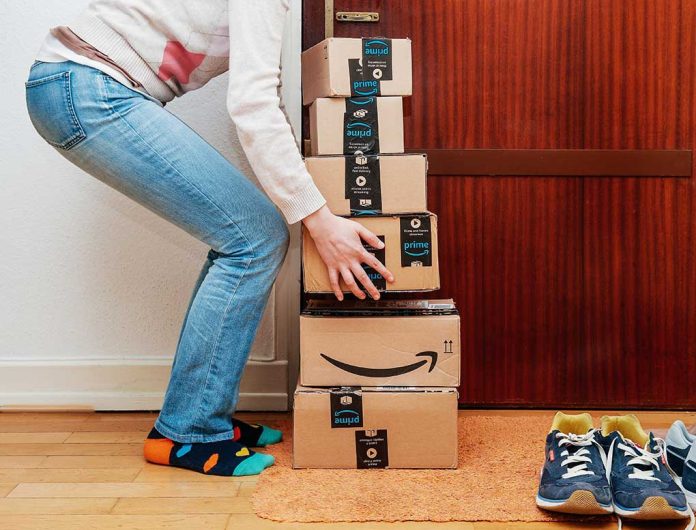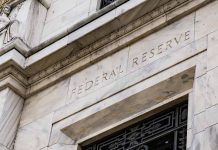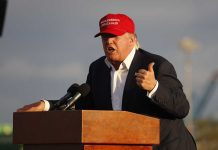
Chinese vendors selling on Amazon face an existential crisis as Trump’s tariffs reach a staggering 125%, forcing them to choose between substantial price increases or abandoning the lucrative American market altogether.
Top Takeaways
- Chinese sellers make up more than 50% of Amazon’s marketplace and are now considering price hikes of up to 30-50% or exiting the U.S. market entirely.
- President Trump has imposed tariffs of up to 125% on Chinese imports while temporarily reducing tariffs on most other countries to 10%.
- The Shenzhen Cross Border E-commerce Association, representing 3,000 Amazon sellers, called the tariffs an “unprecedented blow” to Chinese vendors.
- Some sellers are shifting focus to alternative markets like Europe, Canada, and Mexico to avoid the steep U.S. tariffs.
- The closure of the “de minimis” loophole, which allowed duty-free imports under $800, is expected to benefit U.S.-based sellers by reducing competition from low-cost Chinese products.
Chinese Sellers Face “Unprecedented Blow”
Chinese sellers on Amazon are grappling with President Trump’s new tariffs that have skyrocketed to 125% on Chinese imports. These vendors, who constitute more than half of Amazon’s marketplace according to Marketplace Pulse, now face difficult decisions about their business futures. Wang Xin, head of the Shenzhen Cross Border E-commerce Association which represents 3,000 Amazon sellers, described the situation as an “unprecedented blow” to sellers. Many vendors are caught between dramatically increasing prices or abandoning the American market altogether.
The tariff increases come as part of Trump’s response to China’s own tariffs on American goods. While Trump announced a 90-day pause on reciprocal tariffs for most countries, with a 10% tariff rate on U.S. imports during this period, Chinese products remain targeted with the full 125% increase. This disparity has created a stark competitive disadvantage for Chinese sellers who have historically dominated certain product categories on Amazon’s platform.
Chinese companies that sell products on Amazon are preparing to hike prices for the U.S. or quit that market due to President Donald Trump's unprecedented tariff hikes, sellers and the head of China's largest e-commerce association said. https://t.co/KDRuUTDY39 pic.twitter.com/xUp50aKfDU
— Reuters (@Reuters) April 10, 2025
Price Hikes and Market Shifts
Chinese sellers are already implementing survival strategies as they navigate the new tariff landscape. Seller Dave Fong has increased prices by up to 30% and is planning to reduce U.S. investments, focusing instead on Europe, Canada, Mexico, and other regions where tariff barriers aren’t as prohibitive. Meanwhile, seller Brian Miller anticipates even more dramatic price increases once current inventories are depleted, with some products potentially seeing price hikes of up to 50%.
The tariff situation is complicated by the sheer volume of Chinese-manufactured goods on Amazon. Reports indicate that up to 70% of goods sold on the platform are sourced from China. Even when manufacturing has shifted to countries like Vietnam, Mexico, and India, many factories remain Chinese-owned, creating complex supply chain challenges. Amazon CEO Andy Jassy has indicated that third-party sellers might ultimately pass these costs on to consumers, potentially leading to higher prices across the platform.
Impact on U.S. Sellers and Consumers
While Chinese sellers face headwinds, U.S.-based manufacturers and sellers see a potential competitive advantage emerging from the tariffs. The closure of the “de minimis” loophole, which previously allowed duty-free imports under $800, is expected to benefit domestic sellers by reducing competition from low-cost Chinese imports. This change could level the playing field for American vendors who have struggled to compete with cheaper Chinese alternatives.
However, not all businesses are celebrating. Some U.S. companies that rely on Chinese manufacturing are feeling the strain. Josianne Boisvert of Canadian-based Portable Winch Co. “was in a state of shock” when learning about the tariffs, as it forced her company to reconsider its market focus. Similarly, U.S. seller Dusty Kenney has been absorbing costs to remain competitive against Chinese sellers. The tariffs also affect Amazon’s own first-party brands, potentially shifting consumer preferences toward well-known brands that can better weather price increases.






















